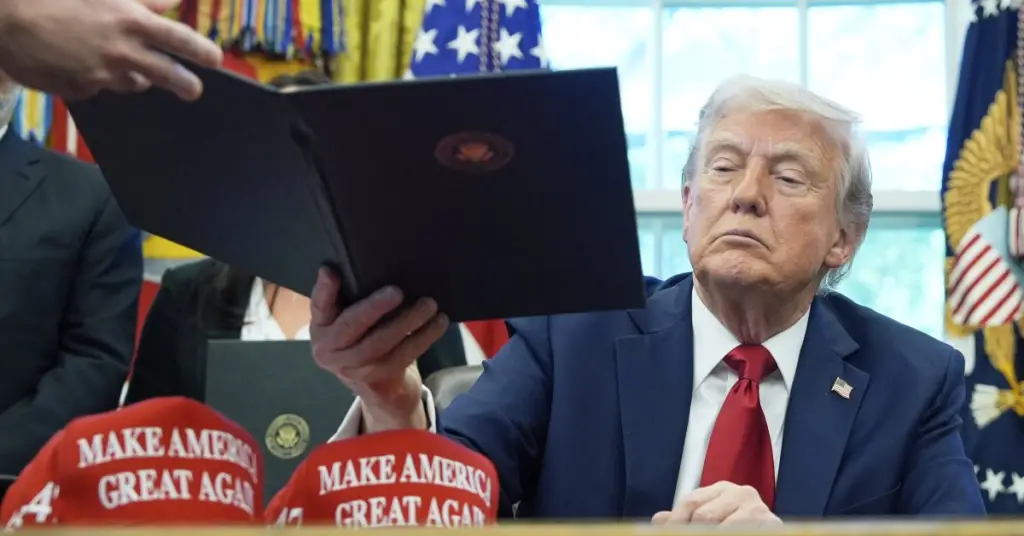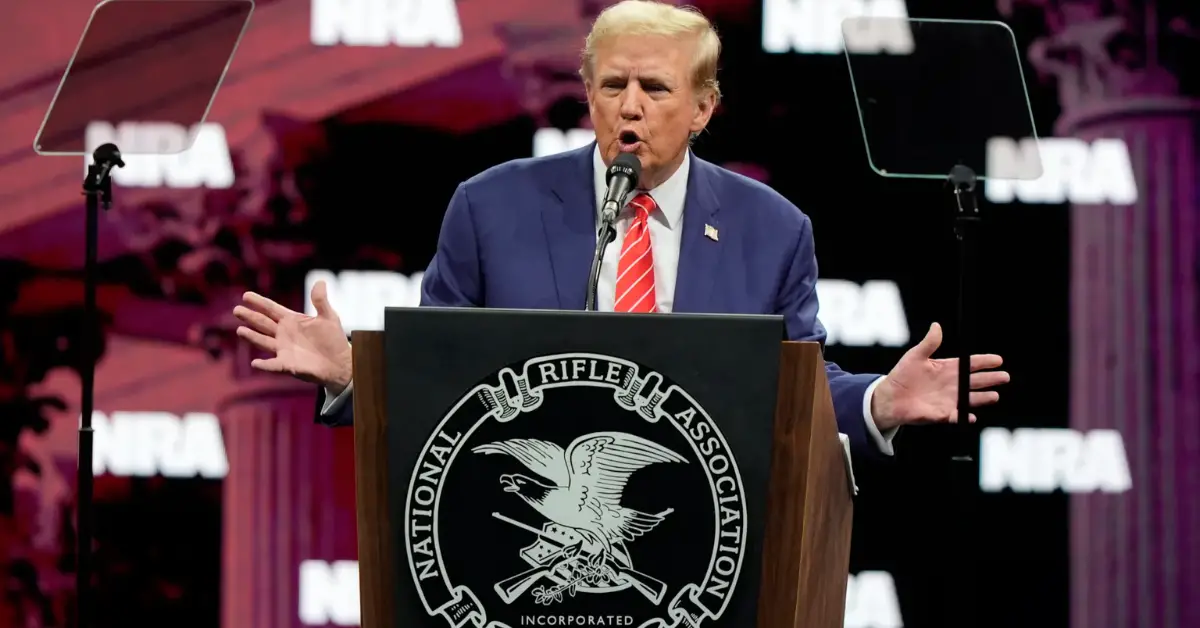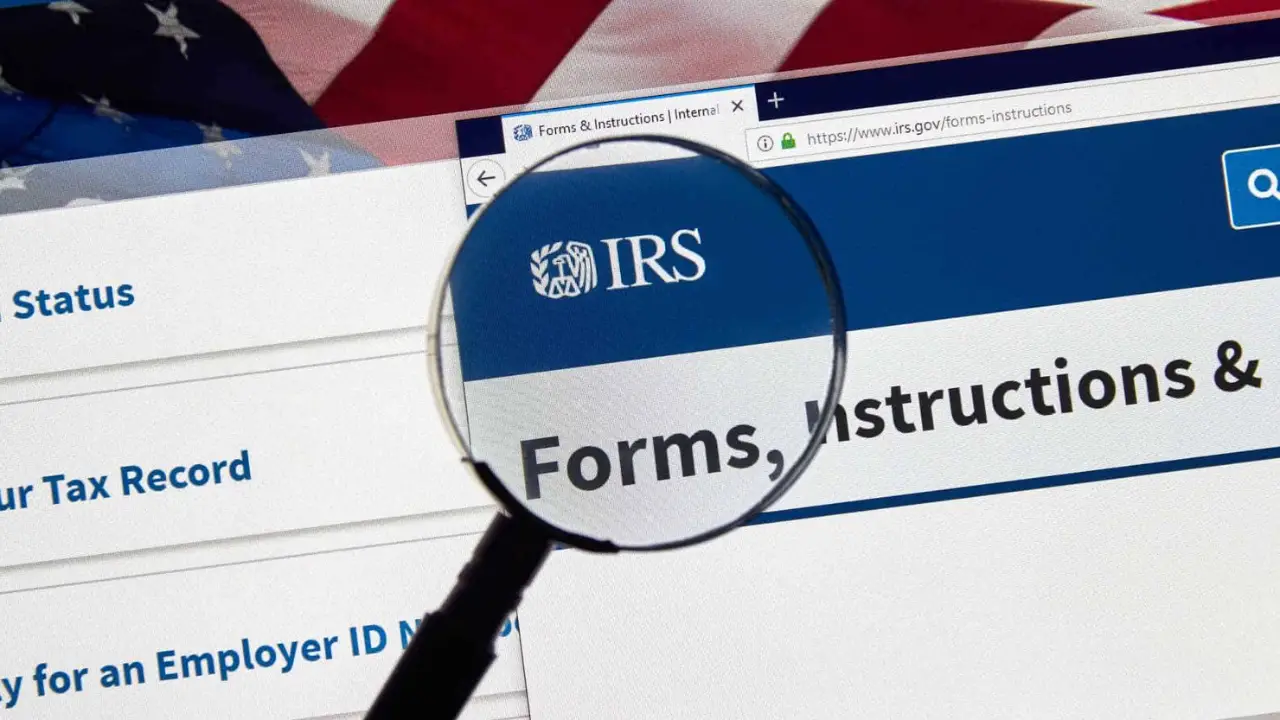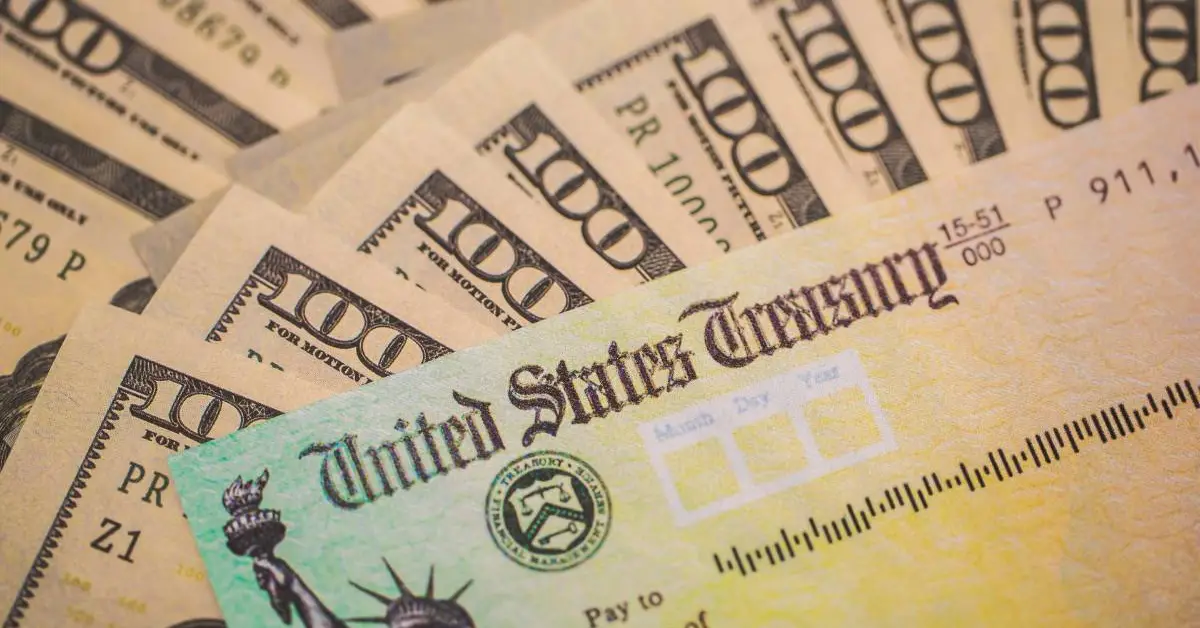Executive Order (EO) signed by President Donald Trump is raising significant concerns regarding the protection of women’s financial independence and potential civil rights violations. The EO, titled Restoring Equality of Opportunity and Meritocracy, is intended to promote “meritocracy and a colorblind society,” while discouraging any form of race- or sex-based favouritism. While the order itself is not designed to change laws, it has far-reaching implications for women, particularly in the areas of credit and financial rights.
What is the Executive Order About?
The Restoring Equality of Opportunity and Meritocracy EO aims to reshape policies concerning credit and civil rights regulations, targeting the concept of disparate-impact liability. This legal principle recognises that even if discriminatory practices are not explicitly intended, they may still disproportionately affect certain groups, such as women and minorities.
The EO specifically calls for the evaluation of all pending proceedings under the Equal Credit Opportunity Act (ECOA), which was originally passed in 1974 and amended in 1976 to prevent lenders from discriminating against individuals based on marital status.
Although President Trump cannot repeal the ECOA through an executive order (EO) alone, as that would require action from Congress, the order has the potential to weaken enforcement of this important law. Independent federal agencies, such as the Consumer Financial Protection Bureau (CFPB), could follow the directives of the EO, which may result in less protection for women against discrimination in credit and loans.
The History Behind the Equal Credit Opportunity Act (ECOA)
The Equal Credit Opportunity Act (ECOA) was a landmark piece of legislation aimed at ensuring women’s access to credit. Before its passage, women were often required to have a male relative or spouse co-sign for credit cards or loans. This practice severely limited women’s financial independence, making it more difficult for them to obtain credit or establish their economic credibility.
The ECOA made it illegal for lenders to discriminate against individuals based on gender, race, marital status, or other protected characteristics. It ensured that women could apply for credit in their names, without needing a male co-signer. However, the EO signed by President Trump threatens to undermine the protections established by this law, as it calls for a reevaluation of the guidance and regulations set by federal agencies to protect individuals from discriminatory lending practices.
How the Executive Order Could Affect Women
The primary concern with this Executive Order (EO) is that it could make it more difficult for women to access credit. While it cannot eliminate the ECOA itself, the order could make it harder for women to advocate against discrimination in financial matters.
The rollback of regulations could also result in the loss of federal support for women seeking to challenge discriminatory practices. For example, without the support of federal agencies, women may find it more difficult to pursue legal action against lenders who engage in discriminatory lending practices.

Moreover, President Trump’s focus on disparate-impact liability could create an environment where certain forms of unintentional discrimination—such as the disproportionate impact of hiring practices or credit policies on women—may no longer be considered a legal issue. The EO calls for a shift in how discriminatory practices are evaluated, potentially making it easier for businesses and financial institutions to justify their policies if they don’t explicitly intend to discriminate.
A Threat to Other Civil Rights Protections
The EO also poses risks to other civil rights protections, particularly those related to race, gender, and disability. By re-examining ongoing cases under the Civil Rights Act of 1964, the EO could open the door for the rollback of protections against discrimination in employment, housing, and education.
Titles VII and VIII of the Civil Rights Act prohibit discrimination in employment and housing based on race, sex, colour, and other protected categories. The EO’s reevaluation of these protections could lead to the elimination of some of the safeguards that have been in place for decades.
Section VI of the EO calls for the reassessment of past consent judgments and injunctions related to civil rights, which could result in the dismissal or modification of ongoing cases related to discrimination. This raises concerns that federal agencies may not continue to prioritise the enforcement of anti-discrimination laws, weakening the government’s role in protecting civil rights.
The Role of the Consumer Financial Protection Bureau (CFPB)
The CFPB, an independent agency established to protect consumers from financial fraud and abuse, is directly impacted by this Executive Order. Under the Trump administration, there has been an attempt to weaken the independence of agencies like the CFPB by placing them under greater White House influence. The head of the CFPB, whom the president appoints, is expected to align with the goals of this Executive Order, potentially leading to a reduced focus on consumer protections.
If the CFPB aligns with the EO, it could result in fewer resources dedicated to investigating and addressing discriminatory lending practices. This could make it more difficult for women and minority groups to receive the assistance they need when facing discrimination in credit or housing.
What Does This Mean for Women’s Financial Rights?
For women, the potential consequences of this EO are alarming. Not only does it threaten to erode the protections against discrimination in credit, but it also increases the risk of additional barriers to housing, employment, and education. With reduced federal oversight, women may find it more challenging to identify or challenge discriminatory practices that affect their ability to secure loans, mortgages, or equal pay in the workplace.
Ben Olinsky, senior vice president of Structural Reform and Governance at the Centre for American Progress, stated that the EO could result in less effort by the federal government to ensure equal access to credit for women and minorities. Without the federal government’s support, it will be more difficult to track patterns of discrimination and take appropriate legal action.
What’s Next?
The legal implications of this Executive Order are still unfolding. Experts warn that these actions could eventually reach the U.S. Supreme Court, which has shown a willingness to roll back civil rights protections in the past, as seen in the case of Students for Fair Admissions v. Harvard. If the Supreme Court rules in favour of limiting civil rights protections, it could set a dangerous precedent that allows further erosion of women’s financial independence and civil rights protections.
As the EO moves through the legal system, advocates of civil rights and women’s equality must continue to push for the protection and expansion of these essential laws. Women’s financial rights and access to credit must remain safeguarded, as they are key to achieving financial independence and equality in society.
Disclaimer: This article has been meticulously fact-checked by our team to ensure accuracy and uphold transparency. We strive to deliver trustworthy and dependable content to our readers.




